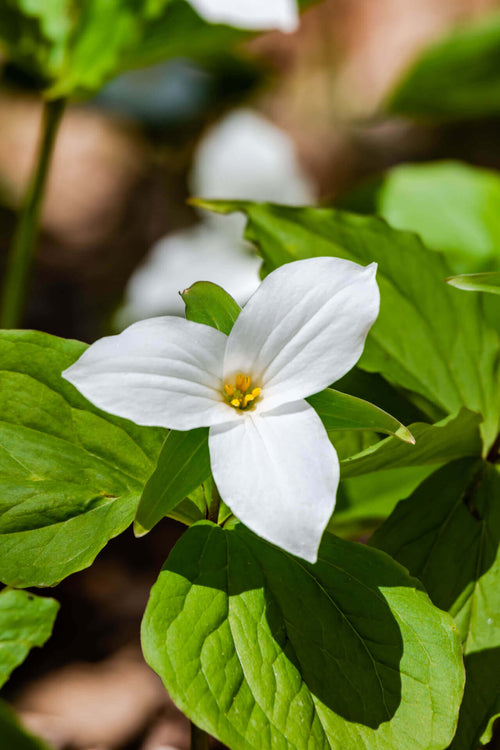How to Grow Healthy Roses
Roses may not be the easiest to grow, but the fact remains that the beauty and serenity of a rose garden are unparalleled.
Watching a rose slowly unfurl its petals and release that trademark sweet fragrance in the air is an unforgettable experience. There is no need for professional help if you wish to grow beautiful and healthy roses. There are just a few things that any gardener can do to grow delightful blooms in their garden.
There are wide varieties of rose plants. Before you can tend to them, it is essential to have chosen a suitable variety for your garden and climatic conditions. Hybrid tea roses, climber plants, floribunda, shrub roses, miniature roses, and rugosa are a few of the most popular varieties of roses that you can choose from. Rose plants thrive on sunlight, requiring at least 5 to 6 hours of sunlight daily. If you live in a colder region, look for a variety of roses that require less sun.
It is essential to plant roses at a possible time for their healthy growth. The late fall and early spring are the perfect time to plant new rose bushes.
Prune your rose bushes. Trimming or pruning is significant for the growth and health of roses. Focus on discarding the 3Ds – dead, diseased, and damaged parts, from your rose bushes. Removing all the withered flowers, rotting portions, and unproductive canes will mean that the nutrition your roses receive will be spent on making a healthy plant healthier.
Adding leaf mulch or shredded hardwood mulch around your rose bushes will keep them healthy and thriving.
The presence of a loving gardener cannot be discounted either. Love your plants and watch them bloom!



















































